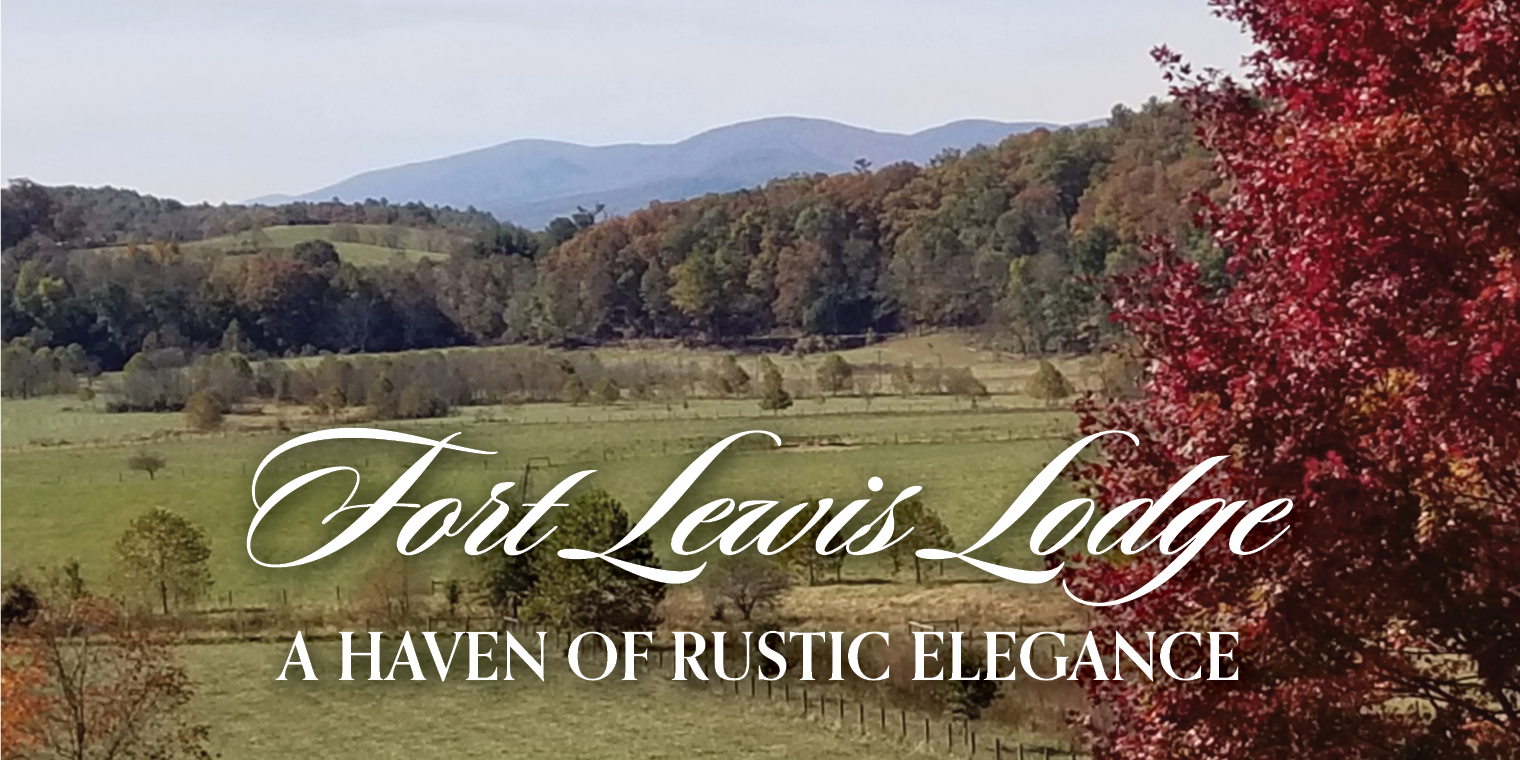Explore the route of religious freedom on this National Scenic Byway
No matter how long you’ve lived in the DMV area, I’ll bet you have neither heard or nor traveled Maryland’s Religious Freedom National Scenic Byway. I discovered it as part of my “what’s in your own backyard” explorations and, being a history buff, was truly impressed.
Marylanders were fraught with tension over the different religious beliefs of its founders, colonists and the English government. To maintain peace and attract different religious beliefs, Lord Baltimore adopted a policy of freedom and worship. The Religious Freedom Byway tells the story of religious toleration, and the attempt to separate church and state that was put into law for the first time in the Western World, becoming the foundation to our First Amendment and guaranteeing religious freedom to all U.S. citizens.
The Religious Freedom Byway traverses 189 miles through southern Maryland, from Port Tobacco to Point Lookout, taking travelers down scenic country roads and through distinguished Main Streets.

Drive the Port Tobacco Loop
Begin the Byway at Port Tobacco, originally a Potapoco Indian village where Jesuit Father Andrew White established a missionary outpost (more on him later). Visit the one-room schoolhouse and the Port Tobacco Courthouse, now a museum containing tobacco exhibits and archeological finds.
Nearby, visit the Christ Church Durham Parish, established in 1692, with the current church constructed in the 1730s. Smallwood State Park houses the estate of General William Smallwood, a Revolutionary War hero and 4th Governor of Maryland.
Loop back to the Mt. Carmel Monastery, established in 1790 as America’s first religious community for women. The nuns returned here in 1976, and several Carmelite nuns and novices still live here. Their only vocation is to pray. We were told that five miracles happened out of here.
Look for the historical marker for Chandler’s Hope. Job Chandler was the first Charles County settler and built the oldest part of the house (1639-1650) aided by the Potapoco tribe. It was later the birthplace of Archbishop Leonard Neale, one of six brothers, all Catholic priests, and one sister, a nun. It became the first (temporary) seat of Carmelite nuns in America in 1790.
Visit the 322-acre Thomas Stone National Historic Site. Take a guided tour of the 1770s Georgian mansion to learn about Stone, one of the four Maryland signers of the Declaration of Independence, and Colonial life. A Junior Ranger program engages the young folks.

Chapel Point to St. Clement’s Island
Travel south to Chapel Point to St. Ignatius Catholic Church, the oldest continuously-serving Catholic parish in the U.S., established by the Jesuits in 1641. From this church, the priests would travel into the communities and homes to deliver Mass. Nearby is St. Thomas Manor, the oldest Jesuit residence in the world still in use (built 1741).
Travel east to Chaptico, a port town occupied by the British during the American Revolution and the War of 1812 to grab a meal at the Chaptico Market traditional country store. This town features several places on the National Register of Historic Places, including Christ Episcopal Church, King and Queen Parish, built here in 1736 on land donated by Francis Scott Key’s grandfather. Several Key family members are buried here.
Branch off the main highway and head south to Coltons Point and the St. Clement’s Island Museum, the launching point for the water taxi to St. Clement’s Island.
Jesuit Father Andrew White sailed to America along with 140 other Catholics and Christians on the ships Ark and Dove to establish a missionary outpost, arriving in 1634 at the mouth of the St. Mary’s River. They made landfall on the island they named St. Clement’s after the patron saint of mariners, and here celebrated the first Catholic Mass in Maryland.
They brought with them an iron cross believed to have been hammered together by a blacksmith aboard either the Ark or Dove. Amazingly, that same cross, previously lost, was found in 1989 in the Georgetown University archives. It is now on display at the University’s Dahlgren Chapel. It is also believed Father White brought with him a Relic of the Holy Cross brought by the Crusaders to England in the 12th-14th century and presented to him by Queen Henrietta Maria.
You can visit St. Clement’s Island, now a Maryland State Park, but only by boat or seasonal water taxi. Here you’ll find a 40-foot cross standing as a memorial to those colonists who sought religious toleration. Bring a picnic and explore the lighthouse and trails.

Chaptico to Point Lookout
Stop to view St. Francis Xavier Church, the oldest Roman Catholic Church in Maryland before entering Leonardtown. Enjoy its waterside park with a launch for canoes and kayaks, then visit the Old Jail Museum, both a museum and tourism information center (look for a cannon rescued from the Ark), and Tudor Hall, a 250-year-old Colonial House that was the childhood home of John Wilkes Booth.
Your next stop is St. George’s Episcopal Church, in continuous operation since 1638, making it the oldest Episcopal parish in Maryland. Continue south to the Piney Point Lighthouse, the oldest on the Potomac River, and St. Mary’s College of Maryland, a female seminary established in 1840. It is now a co-ed state college featuring a weekly summer concert series.
The most-visited destination on this byway is Historic St. Mary’s City, an expansive living-history museum and archaeological site. It served as Maryland’s first capital from 1634 to 1695, was the 4th permanent settlement in America, and the site of the first Catholic chapel in the colonies. Spend several hours here exploring the interactive exhibits, a reconstructed 17th-century State House, a tobacco plantation, and Indian hamlet and a replica of the Dove ship. Costumed interpreters recount what life was like in this settlement founded by those who sought democracy and toleration.
The Freedom of Conscience Monument sits at the entrance to commemorate a 1649 Act passed by the General Assembly mandating religious tolerance of all Trinitarians, laying the foundation for the First Amendment to the U.S. Constitution.
Your final stop is Point Lookout State Park. Look for several lighthouses along the way, and enjoy the beaches along the Chesapeake Bay. Point Lookout served as a notorious prison camp where during the Civil War, more than 4,000 Confederate soldiers died.
The Religious Freedom Byway is part of the Potomac Heritage National Scenic Trail that ranges from the mouth of the Potomac River to the Allegheny Highlands. If you’re looking to explore your own backyard, try this tour.

Note: To tour any of the churches, it is recommended to contact their administrative offices before your visit.
All photos credit: Linda Barrett
Download the Religious Freedom Byway brochure and map at https://destinationsouthernmaryland.files.wordpress.com/2015/10/bywaybrochure.pdf






